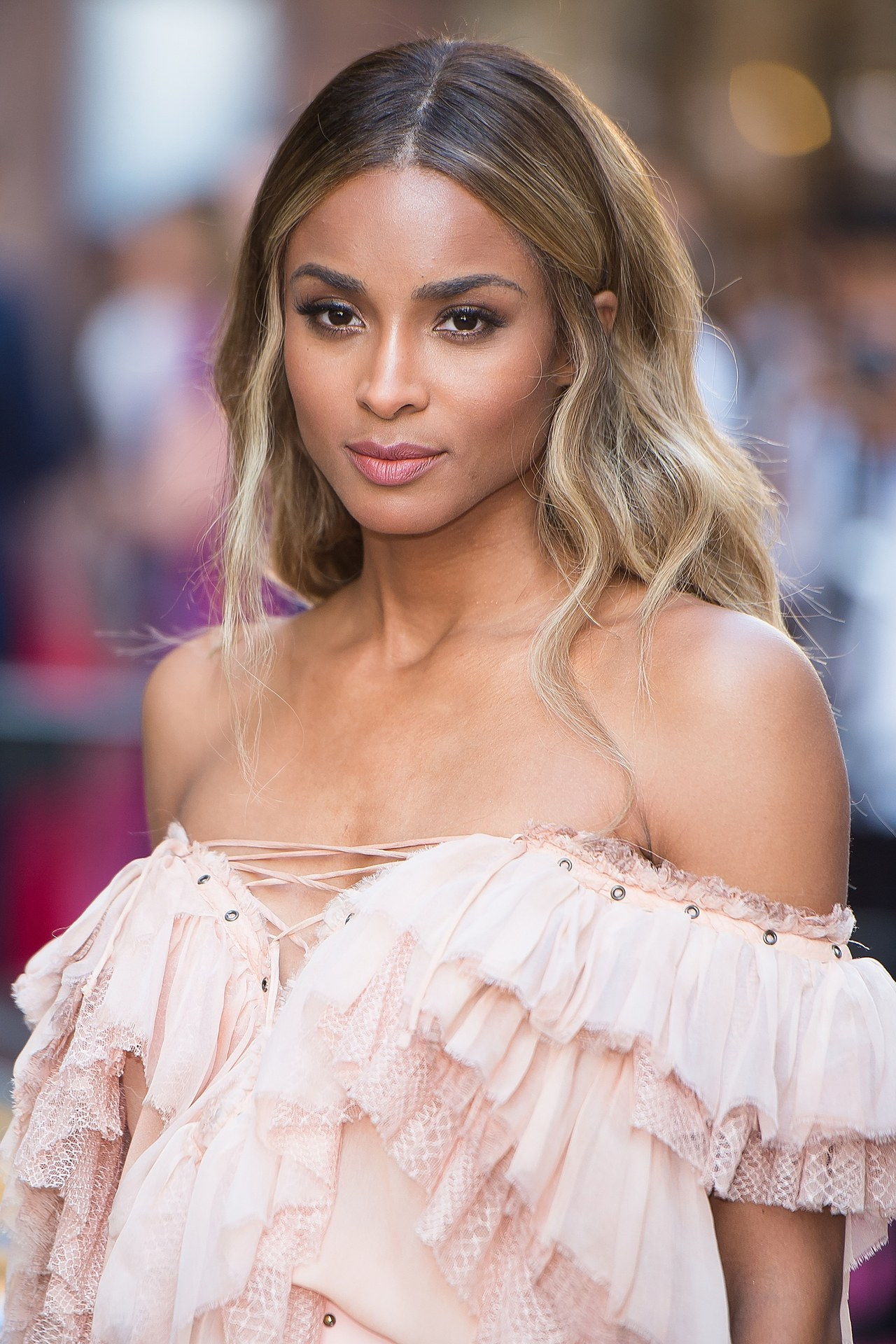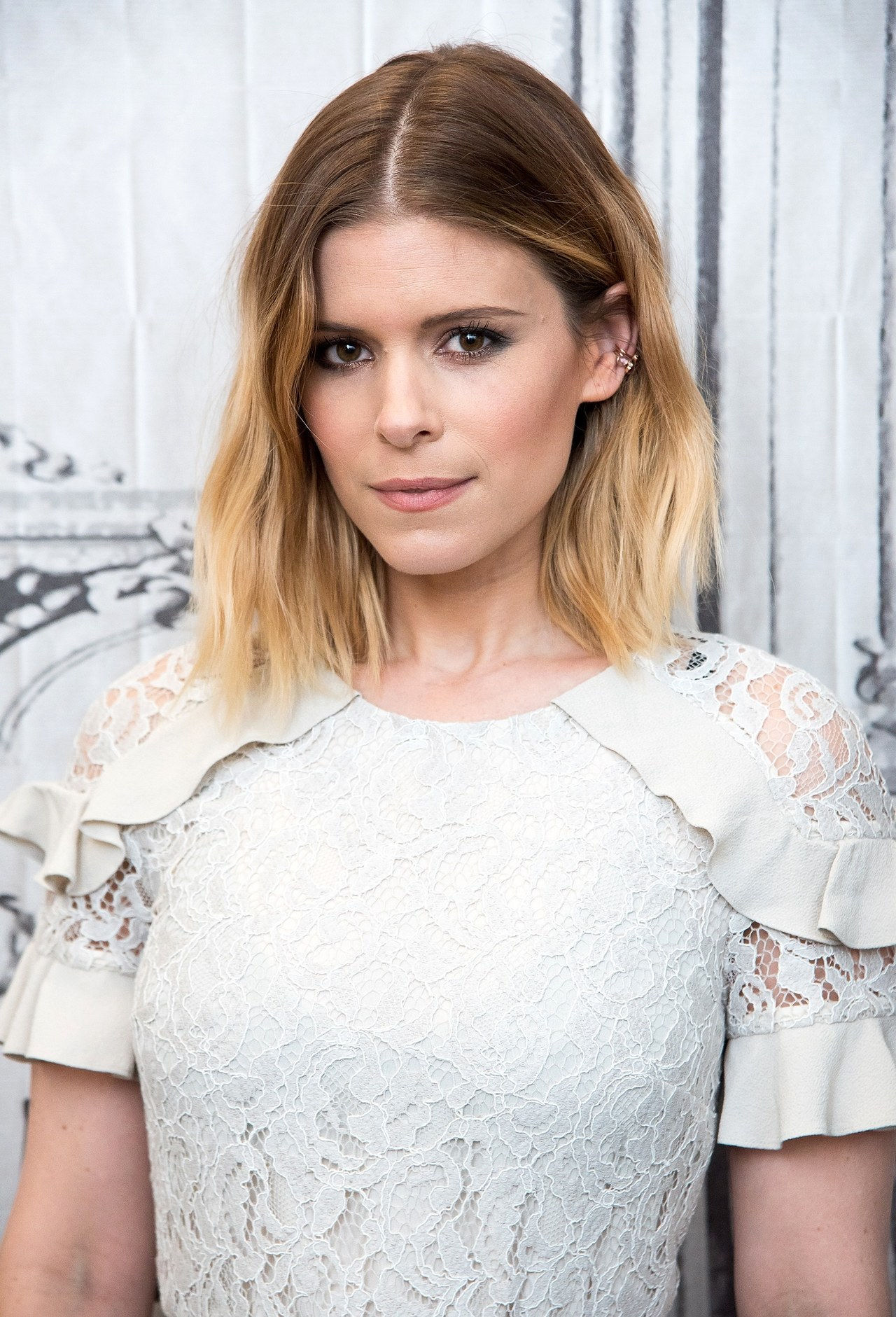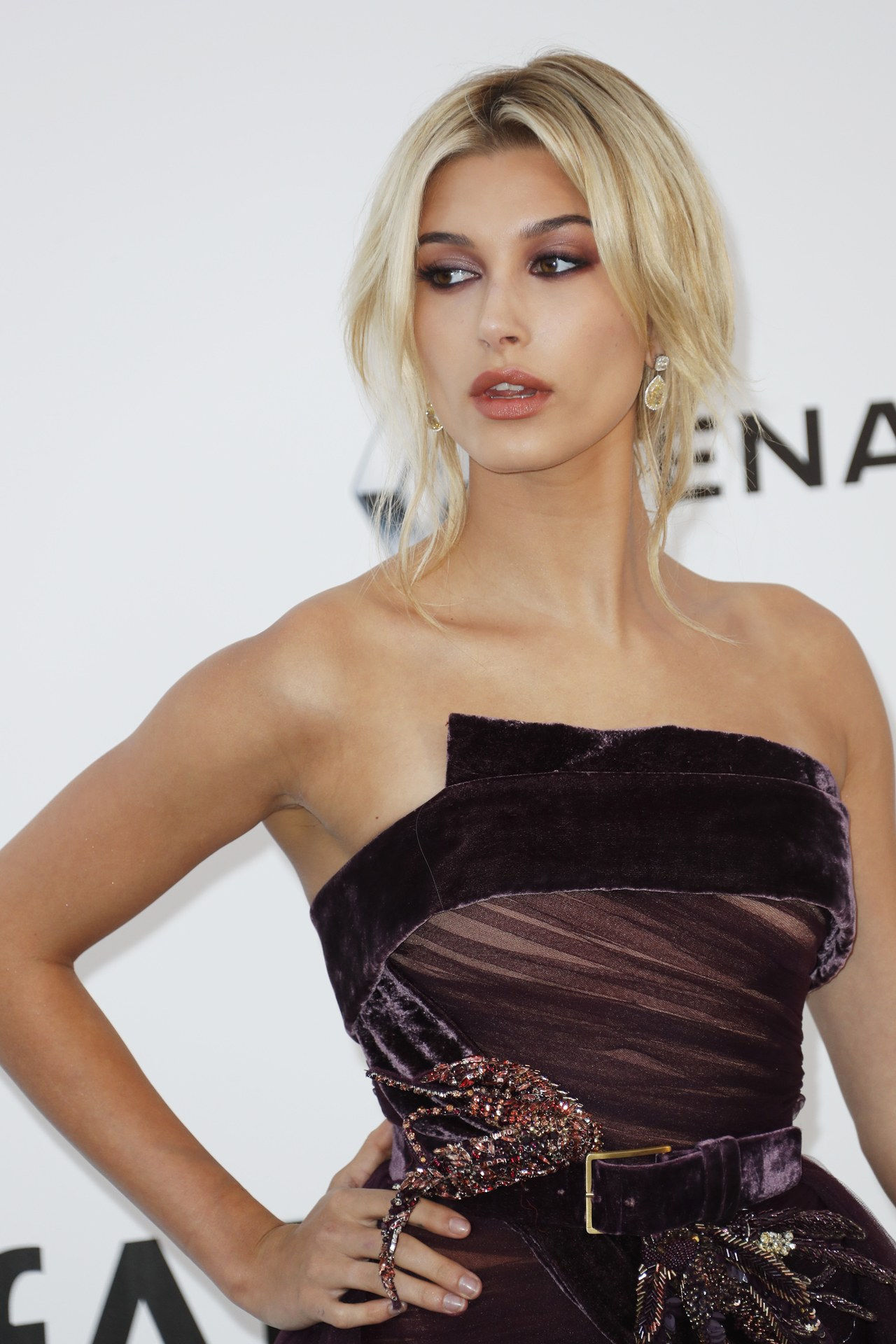This Is the Secret to Making Dark Roots Look Intentional

When someone says the word effortless in beauty, it’s usually an adjective for a look that is certainly not effortless. It’s skin that looks poreless and immaculate, even if it took 30 skin care products to get there. Or it’s winged eyeliner that looks as if you were born part cat, even if literally 12 cotton swabs and two ounces of Bioderma were involved in the process.
“Effortless” is almost always a long con—so we were immensely skeptical when we spotted the ultra-popular, very effortless dark roots trend popping up everywhere. It checks every box: cool, casual, believably Debbie Harry–approved. According to hair colorists, the secret to making dark roots look intentional is, we dare say, basically effortless with one key step.
Here’s what you need to know.

On Ciara, the color seems as though it’d be the easiest thing in the world to pull off. For the classic high-contrast, dark-to-light look, you can literally let it grow out (yup), but most celebrities these days are opting for a smaller difference between the shades at their roots and ends. A medium difference “makes hair look and feel fuller,” and complements a huge variety of skin tones, says Gina Arrojo, an expert colorist at Arrojo TriBeCa. Think ombré, but reversed and even easier.

For a modern roots look, Sharon Dorram, a celebrity colorist at Sally Hershberger’s New York salon, recommends asking your colorist to lift your base by one shade so the new growth transition is more gradual. And if you want the vibe but have a naturally light color, Arrojo suggests having your colorist darken your base, then add highlights. Really want to channel cool incarnate? Arrojo says to ask for a “root shadow” glaze, which will add natural-looking depth and variation. It’s that easy.
So here’s the billion-dollar question: If you’ve been single-processing and just stop, will it come out à la Mara? Per Arrojo, kind of! Not getting your roots done is a foolproof way into the look, but other stylists, like Dorram, warn that a harsh stripe of roots can backfire. “There’s a fine line between having roots that look cool and edgy, and roots that make your hair look dirty.” If that’s a fear, ask to lighten next time you’re in the salon chair.

According to Dorram, the hardest part of the roots look is toughing out the urge to color back over them. She warns that temptation tends to strike a month in on single-processed hair and at about six to eight weeks for highlights, when your baby roots are just finding their footing. But get through it, and you’ll reap the compliments. For a bob, that’s at about an inch, and longer hairstyles, an inch and a half.
The most blissful thing is that there’s no real time limit on how low your roots can go. Most people top out at four to six inches of regrowth, but it really depends. Arrojo says the style actually first became popular back in 2008, post-economic meltdown, when people wanted to stretch the time between appointments as much as possible. To which we say, sounds about right. We’ve come full circle.
Related Stories:
-What I Wish I Knew Before I Spent $500 Trying to Fix My Brassy Highlights
-I Don’t Want Your Advice—Washing My Hair Daily Works Best for Me-Pink Champagne Hair Dye Is Exactly As Pretty As It Sounds

